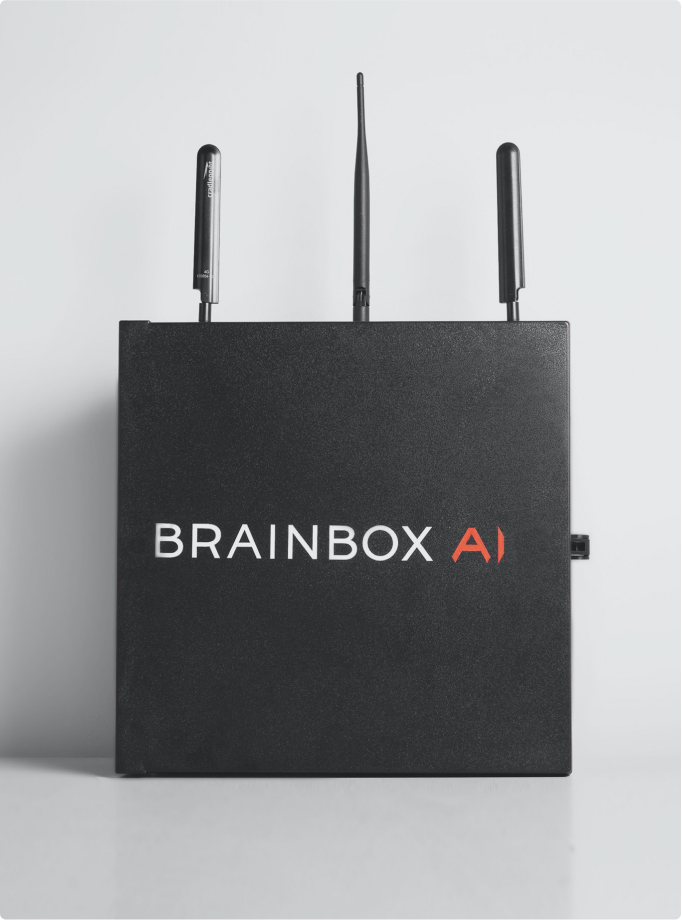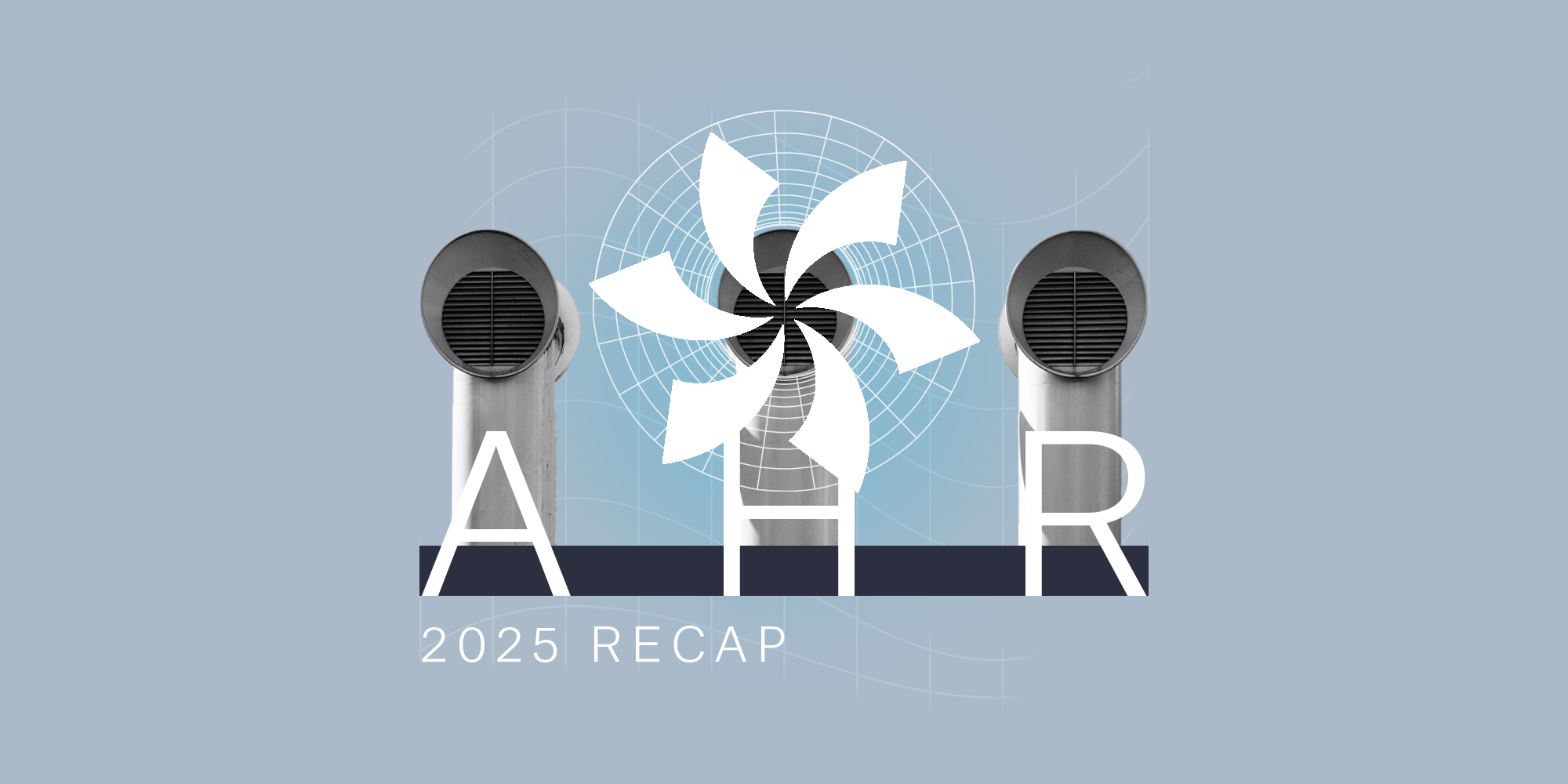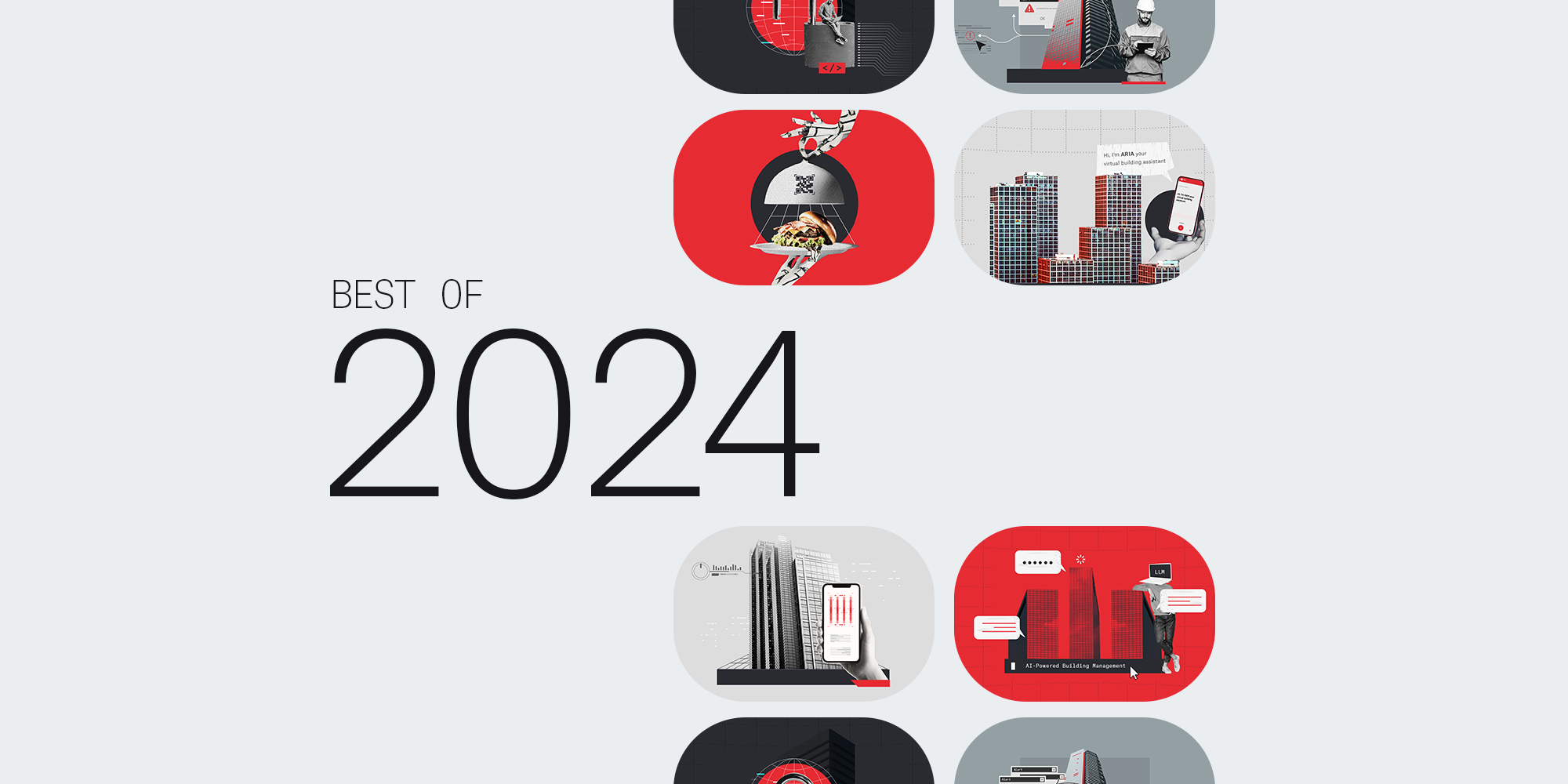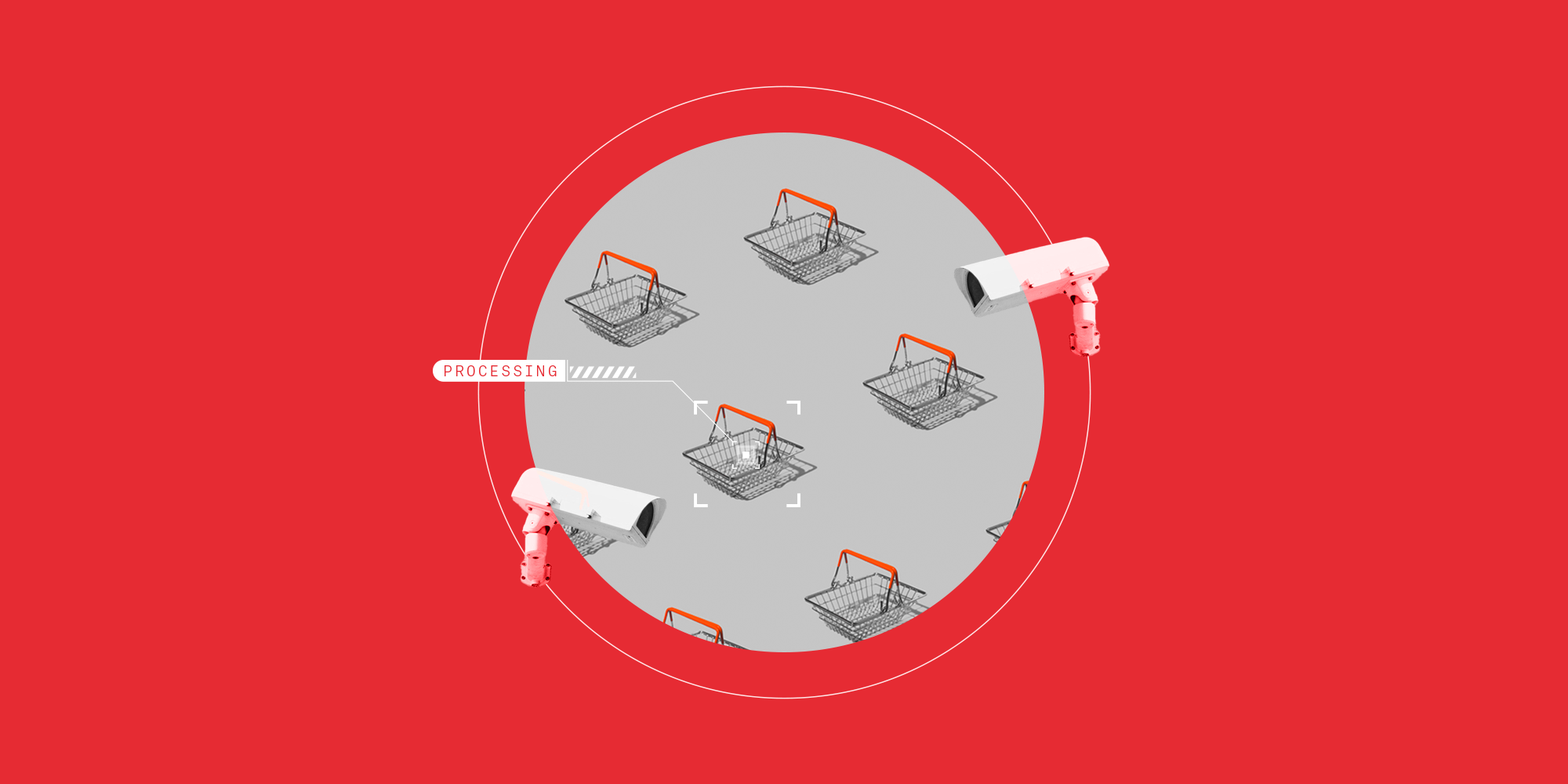Three GHG emissions reduction myths debunked
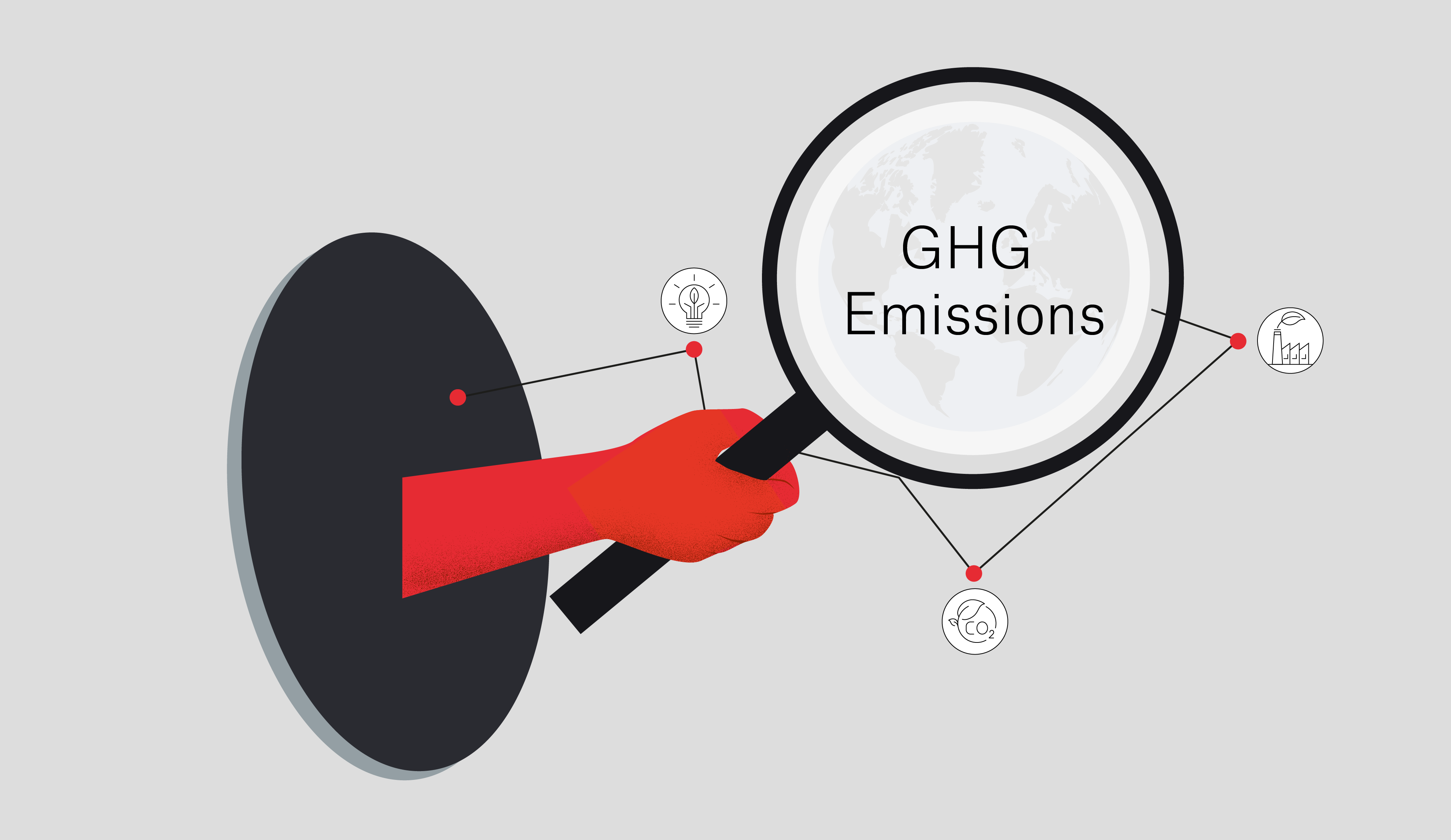
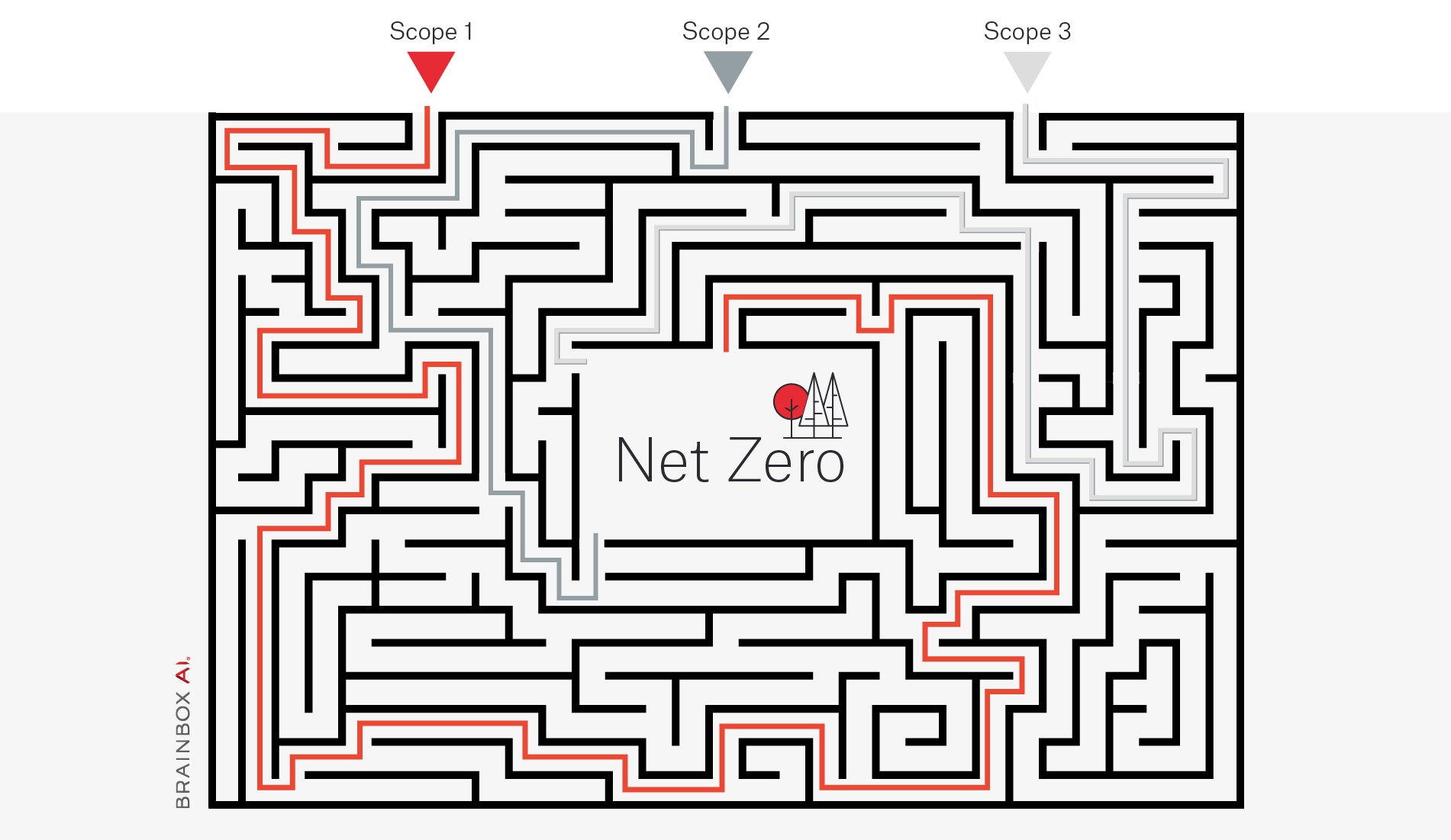
An organization’s net zero journey often looks a bit like a maze. The intention is clear, but the path to get there isn’t. The lack of official direction combined with excess information can cause companies to become too focused on finding and following the “perfect” path, slowing their progress.
Yet the truth is there’s no universal, unobstructed road to sustainability. In fact, many companies’ journeys can and do vary wildly. Their success, however, hinges on their ability to always keep their goals in sight and reroute once they hit a dead end.
With that in mind, we’ve put together a list of three common emissions reduction myths that can cause considerable roadblocks for companies seeking to meet their sustainability targets. By busting these beliefs wide open, we reveal how we can accelerate the positive impact businesses can have on the environment.
Myth #1: You have to measure your GHG emissions before reducing them.
Truth: One of the biggest challenges companies face when looking to become more sustainable is the lack of data collection and measurement standardization. In fact, a lot of organizations get so caught up in figuring out how to measure their emissions that they end up missing out on vital reduction opportunities. But what many don’t know is that emissions don’t always need to be measured before they’re reduced.
Instead, businesses can start by addressing some of the many tried-and-tested ways proven to reduce emissions. These include investing in LEDs, cutting down on single-use plastics, or upping HVAC energy efficiency - all of which can end up lending a company the momentum it needs to propel itself toward its sustainability goals while making significant emissions reductions.
Installing energy-saving technology before beginning to measure emissions can actually save you a chunk of time and effort. That’s because third-party solutions such as BrainBox AI can offer solutions to reduce your carbon emissions in addition to measuring them, making mapping your footprint far simpler.
So, while it’s sometimes easier to identify reduction opportunities once you’ve measured them, doing these two things simultaneously (or even in reverse) can end up being the most practical solution for your company and the planet.
Myth #2: Your scope 3s need to be part of your emissions reduction strategy from the start.
Truth: Many companies’ emissions reduction plans slow to a halt when they’re tasked with accounting for their scope 3 emissions. That’s because scope 3s, which incorporate the emissions produced by a company’s entire value chain (including suppliers and customers), are notoriously difficult to track and measure.
Although to meet GHG Protocol standards, an organization must report their scope 3 emissions, that doesn’t mean companies need to suspend their scope 1 and 2 emissions reduction efforts until they’ve sourced and understood all of their scope 3s.
In fact, claiming carbon neutrality (as opposed to net zero) only requires you to address your emissions for scope 1 (the direct emissions from sources owned or controlled by a company, such as company-owned vehicles) and 2 (indirect emissions from purchased electricity, heating, and cooling), while including your scope 3s is encouraged but not mandatory.
This leeway gives companies the ability to gain considerable momentum in their sustainability endeavours by focusing on effectively reducing the two scopes over which they have the most control: their scope 1s and 2s.
Myth #3: You need to reach net zero to make an impact.
Truth: Net zero, or the concept of balancing greenhouse gas emissions with their removal, is a controversial topic. Some claim it’s almost impossible to attain, leading many companies to feel discouraged. However, while net zero is an ideal goal, businesses shouldn’t be distracted or deterred by such a long-term target. Instead of fixating on achieving net zero, companies could focus on putting one foot in front of the other on their road to emissions reduction – because their efforts are making a difference.
In fact, a report from UN Climate Change shows that nations under the Paris Agreement are finally beginning to bend the curve of global GHG emissions downward. Additionally, GHG emissions in the EU decreased by 32% between 1990 and 2020, 12% more than their original target for 2020. While the pandemic played a part in this decrease, the EU’s statistical office, Eurostat, attributes the main driving forces behind the long-term fall in total GHG emissions to improvements in energy efficiency and their energy mix (using multiple energy sources, including renewables).
In addition to reducing emissions, companies can continue to move the needle on net zero and positively impact the climate by investing in reputable sustainability projects that aim to restore the environment, capture carbon, improve clean energy, or recycle waste.

